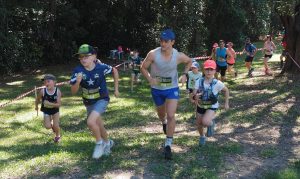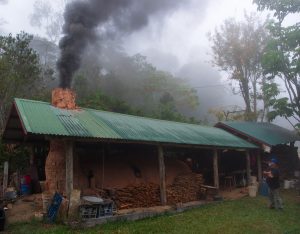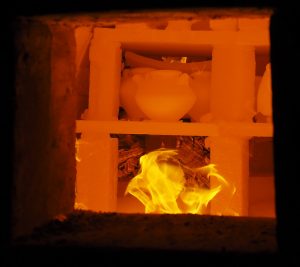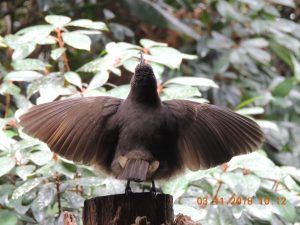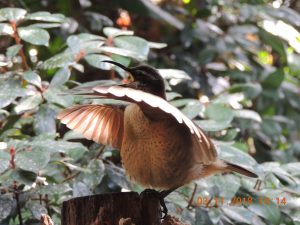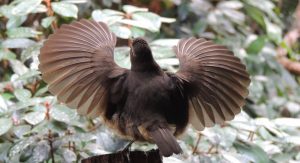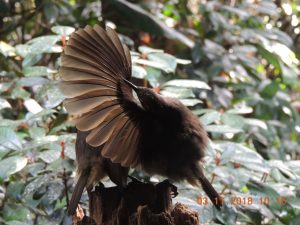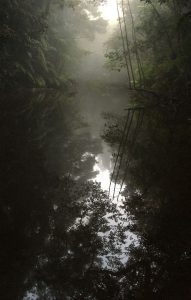You will all have seen on the television broadcasts, the widespread flooding around the Townsville – Ingham areas that unprecedented rainfall has caused. Our thoughts and sympathy go to those people in Bluewater and other areas where homes and property have been destroyed or damaged.

How has Paluma fared so far during this extreme weather event?
Paluma residents are used to receiving heavy rains during the Monsoon season but the rainfall over the past few weeks has been exceptionally heavy and unremitting with very heavy falls over the last five days of January. The total for the month was 1208 mm. Many long-term residents say that while heavy rainfall over a period of a few days is not unusual, the duration of this wet weather event is. Nothing like it has been seen for at least 30 years.
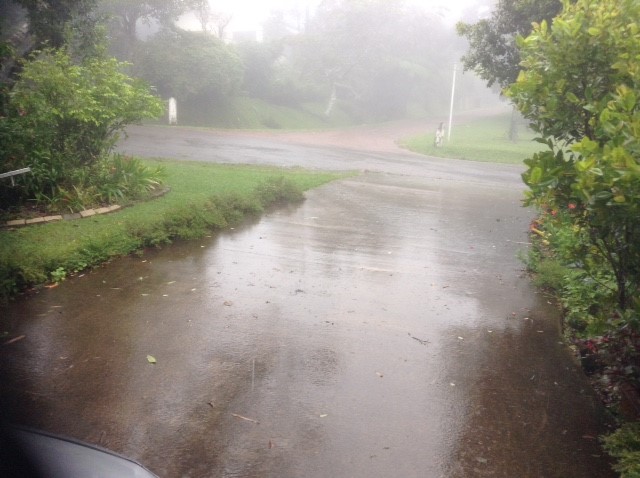
Since Wednesday morning the Range Road has been closed due to fallen trees and land slips. TMR are working at restoring the road but are hampered by the continuing wild weather. Predictions are that we will experience at least another week of wet weather, so it possible that Paluma could remain isolated for several more days. Maybe it is time to launch the Ark from Noah’s Ark Creek.
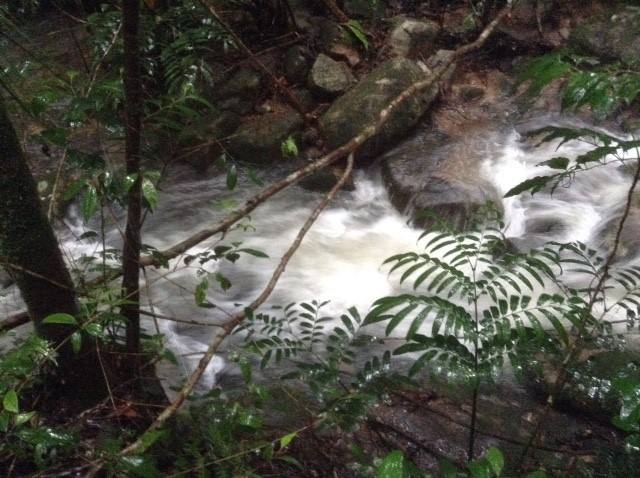
Along the Range Road (when it was still possible to travel to see the sights), the waterfalls were spectacular, the seething water plunging through clefts and grottoes and cascading out and over the road. Twin Falls gushed out like a huge fountain forcing cars through a natural car-wash. Sheets of water hung to rock faces, reflecting light like vast mirrors while rivulets of water coursed across the road. The road surface was littered with leaves and small broken branches. Every so often a very bedraggled brush turkey would make a suicidal dash across the road.
In the village, channels of water rush alongside and over the road, lawns are water-logged, trees have fallen, others hang their limbs low weighed down with the burden of water in their foliage and inconveniently, water has seeped into the lower levels of several houses having forced its way through cracks in brickwork. Birds are ravenous and flock in great numbers to wherever they can find a feed tray; Lorikeets and the smaller honey-eaters happy to share the same dining-room.
It will be time soon, if some have not already done so, to light fires to dry out the houses and our sodden shoes and raincoats.
Text and Photos by Colwyn Campbell
Written on 1st February

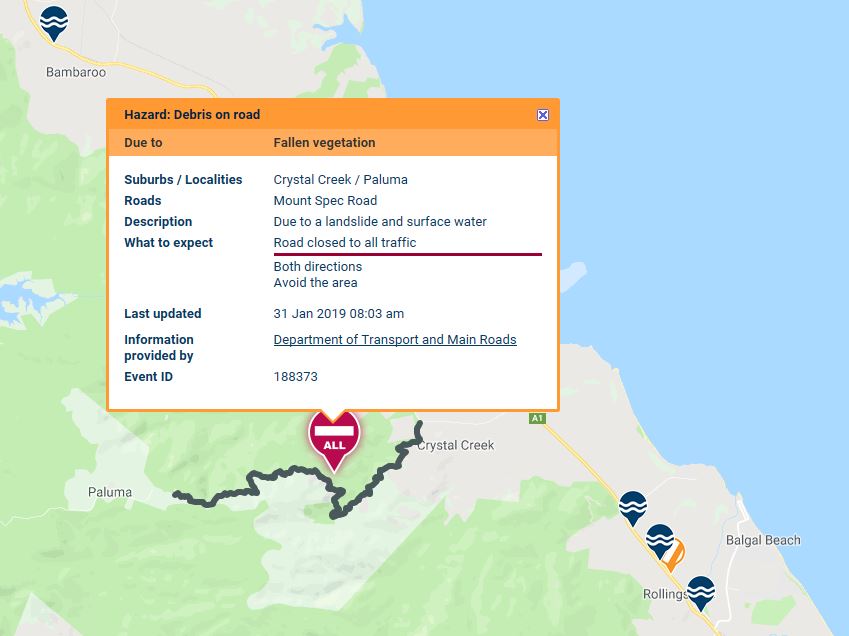
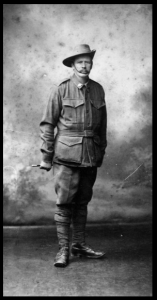
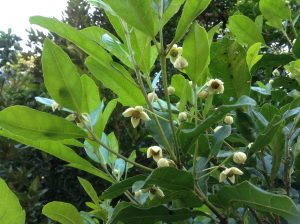 Worldwide, there are about 120 species of Sloanea –named for British scientist and collector Hans Sloan, who lived 1660 to 1753. Four species are endemic to Australia with three of these growing in tropical rainforests in Queensland. Sloanea australis is distributed between the Windsor Tableland and Paluma. Several of these trees may be seen on Mount Spec Road near the Sensory Trail at Paluma Environmental Education Centre where they grow among the stand of forest trees bordering the school property.
Worldwide, there are about 120 species of Sloanea –named for British scientist and collector Hans Sloan, who lived 1660 to 1753. Four species are endemic to Australia with three of these growing in tropical rainforests in Queensland. Sloanea australis is distributed between the Windsor Tableland and Paluma. Several of these trees may be seen on Mount Spec Road near the Sensory Trail at Paluma Environmental Education Centre where they grow among the stand of forest trees bordering the school property. There were 3 separate course covering distances of 6, 10 and 20 km and traversing terrain that many of use would struggle to walk up! Wilfred Karnoll helped out by handing out lollies at the bottom of Blue Gum creek to provide a quick energy boost before runners started the last grueling climb up to the village.
There were 3 separate course covering distances of 6, 10 and 20 km and traversing terrain that many of use would struggle to walk up! Wilfred Karnoll helped out by handing out lollies at the bottom of Blue Gum creek to provide a quick energy boost before runners started the last grueling climb up to the village.

